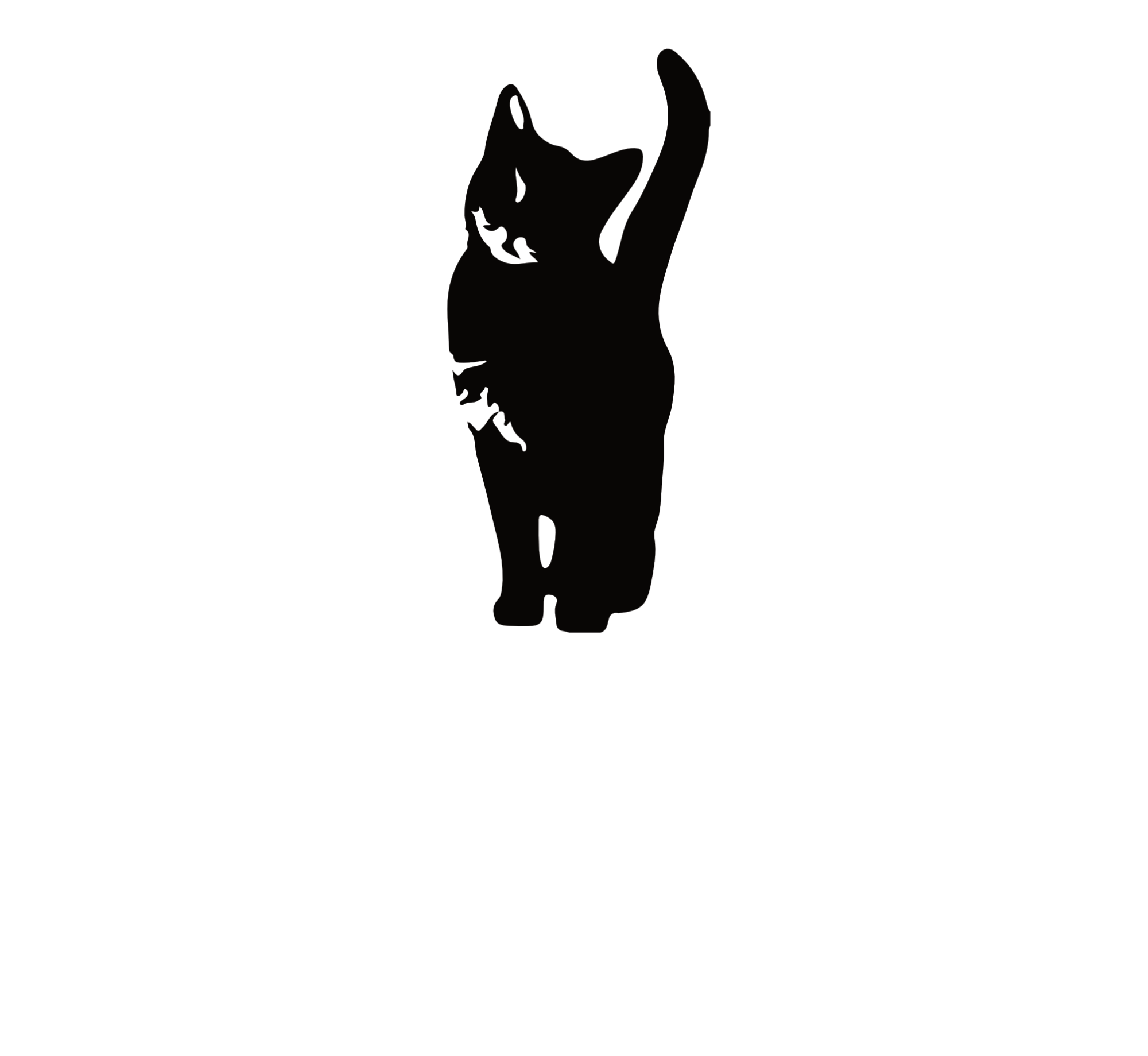When you have a great hammer everything looks like a nail. When you are invested in a certain way of thinking, you tend to want to solve problems from that perspective. Surgeons like to cut, internists like to prescribe, and therapists like to do…well…therapy. It’s only natural, that’s what role specialization is all about. Still, this focus can create opacity to other, potentially useful, points of view.
The same is true in the world of Customer Experience (CX). I have had the privilege of looking through the lens of many different CX perspectives over the years. What is striking (pun intended) is that these different approaches are all very effective in their own right, but lacking in other ways. There is no one best way, it is a tool box of solutions each with their own strength and weakness. From banks to bakeries from dealership to discounters, I have seen many approaches to cracking the CX nut. Here has been my journey thus far, looking at seven tools commonly (but usually independently) involved in designing great customer experiences.
The Right People
In my first professional role one of my tasks was to find what made for rock star producing loan consultants. Looking at the top decile of producers’ profiles, we could find no clear biographical commonality. Some were old, some were young. Some were career sales people others were not. Some were experienced consultants, but our biggest slugger worked on an oil rig in Alaska as his last gig.
We decided to dig deeper and what did we find as common thread? They were all individuals that naturally engendered trust in their clients and colleagues and were persistently relentless. To this day I find this the hallmark of great sales people everywhere.
The insight: you must have the raw material first. You can usually train to the rest. This is also true in finding people good at working with customers.
The Right Product
Next, I had the privilege of working for a highly lauded automotive company. They were obsessed with data and insights about customers. No detail was too small to consider in creating an amazing product. I remember one study that was focused on engine covers; something most customers don’t even see. Another focused on getting the ideal number hash marks on the speedometer. Still another we joked about to this day was designing the right kind of tire valve cover. They were dead serious about this stuff.The point is; product obsession makes a big difference. People notice the details in creating an amazing experience and products are a big part of that. When you use a product every day you quickly become aware of its strengths and shortcomings. Products are instrumental in delivery big part of the overall experience, but they should be confused with the experience itself.
The Right Rewards
Later I became involved in using metrics to incentivize behaviors among franchisees. It is a common, if not endemic, practice to this day. Why? Let’s face it classical and operant conditioning works. We work for rewards; whether they are intrinsic or extrinsic. Configuring these rewards judiciously can yield large results. Sadly, all too often in CX (and elsewhere) these rewards structures are not done well and are abused, with people chasing numbers rather than outcomes.
My learning was incentives can be incredibly powerful if configured correctly and incredibly destructive if done poorly. Knowing the difference can make or break a CX program.
The Right Tools
Somewhere in the course of working on these programs I also partnered with a few organizations that specialized in education and training. This need for partnership was in response to the rather obvious fact that well selected, well-motivated people, cannot be successful if the do not have the right tools and knowledge to get things done.
“Field of dreams” programs do not work nor do “fire and forget” approaches. Every major CX initiative must have an educational component that is not a flash in pan, but enduring. Moreover, front line personnel that were never trained in doing their jobs properly are going to fail. Those companies that really buy in to CX as a differentiator put training and education to the forefront and do not treat it as a cost of business…but as a differentiator.
The Right Process
My next assignment was a return to my OD roots. Here I had the pleasure of building tools that help organizational units systematically solve their own problems. First by developing my own action planning tools and later adopting the work of Randy Brandt’s multi-step system. We also create other tool sets to directly impact the customer experience quickly.
It was great to see how these tools could really be put to good use in solving systematic problems. While they were hugely effective, what we found was two things. First, we needed to provide a tool set that was easy and intuitive to use. Second, we needed to help the users find immediate small victories so they adopted the process. Deploying software without any training or self-sustaining incentive resulted in lack of adoption and no results. That’s no bueno.
The Right Message
As part of my current role we spend a bunch of time thinking about how to say the right things, to the right people, at the right moment to influence behavior. This is hugely impactful in influencing customer behavior. This “message” is a broad form of communication from what the retail environment looks like, to how products are organized, how associates look, what they should say, and what to say in store through digital and analog means, and how and where they say it. This transcends being the “wrapper” of the experience to being part of the overall experience itself. These are powerful tools that direct impact the customer experience; whether in store or online…or both at the same time!
The Right Leaders
Above all I have seen that the right leadership is essential for any of the above to matter. I worked at and with organizations with incredibly inspiring customer focused leaders and others who seem more principally concerned with financial outcomes. In every instance, great customer focused leadership triumphs in achieving long-term business results. This is one of the few aspects that the average corporate bear cannot influence greatly, but without it, all CX initiatives are doomed to fail. We see it time and time again in the data.
Using the Entire Toolbox
My recent epiphany and firm conviction is that any of these tools by themself can have but a partial impact on creating an amazing customer experience. Without a coordinated effort the impact of change will quickly fizzle.
Incentivizing behaviors with employees who are unskilled or unsuited in their roles is not going to help you. Motivating untrained and therefore unskilled associates is a kamikaze run. No amount of inspiring communication is going to overcome a poorly designed product. Finally, unless the CEO can look his or her customers in the eye and with conviction and consistently do that right thing…it just isn’t going to work.
I have found these seven tools must be configured in a carefully choreographed fashion in order to have the maximum impact. To achieve this coordination, they must be not being designed from the functional lens of the product manager, the marketer, human resource consultant, or the merchandising manager alone. We must start with the customer view first; designing it with them in an agile and iterative way. From there we figure out where to apply the “Right Stuff”. Only then will organizations realize the true potential of what a great customer experience can be for them and gain their just financial rewards in so doing.




